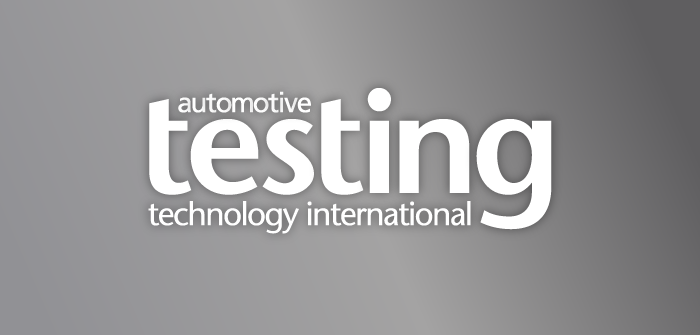Researchers at the University of Waterloo in Canada have found that using a nanosheet of manganese dioxide increases the performance of lithium-sulfur batteries significantly.
High grade, high purity manganese is used as a primary cathode material in lithium-ion manganese batteries or NCM batteries. The NCM formulation of batteries is slated as the next generation of battery cathodes, after the lithium-nickel-cobalt-aluminum design (NCA) battery.
This boost has the potential to increase the range of an electric vehicle by up to three times for the same weight of lithium-ion battery.
In the model used in the research, the manganese dioxide nanosheet transforms the sulfur cathode used in the LI-S battery into a high-performance cathode capable of recharging over 2,000 times.
Sulfur – by virtue of its abundance, cheapness and light weight – is an ideal battery material but hasn’t worked well because it dissolves easily in electrolyte solution.
While there are various methods for stabilizing sulfur including the use of metallic titanium oxide, manganese dioxide nanosheets have been shown in this study to work much better.
Industry experts see great applicability of this new technology in the market of electric motorcycles.


